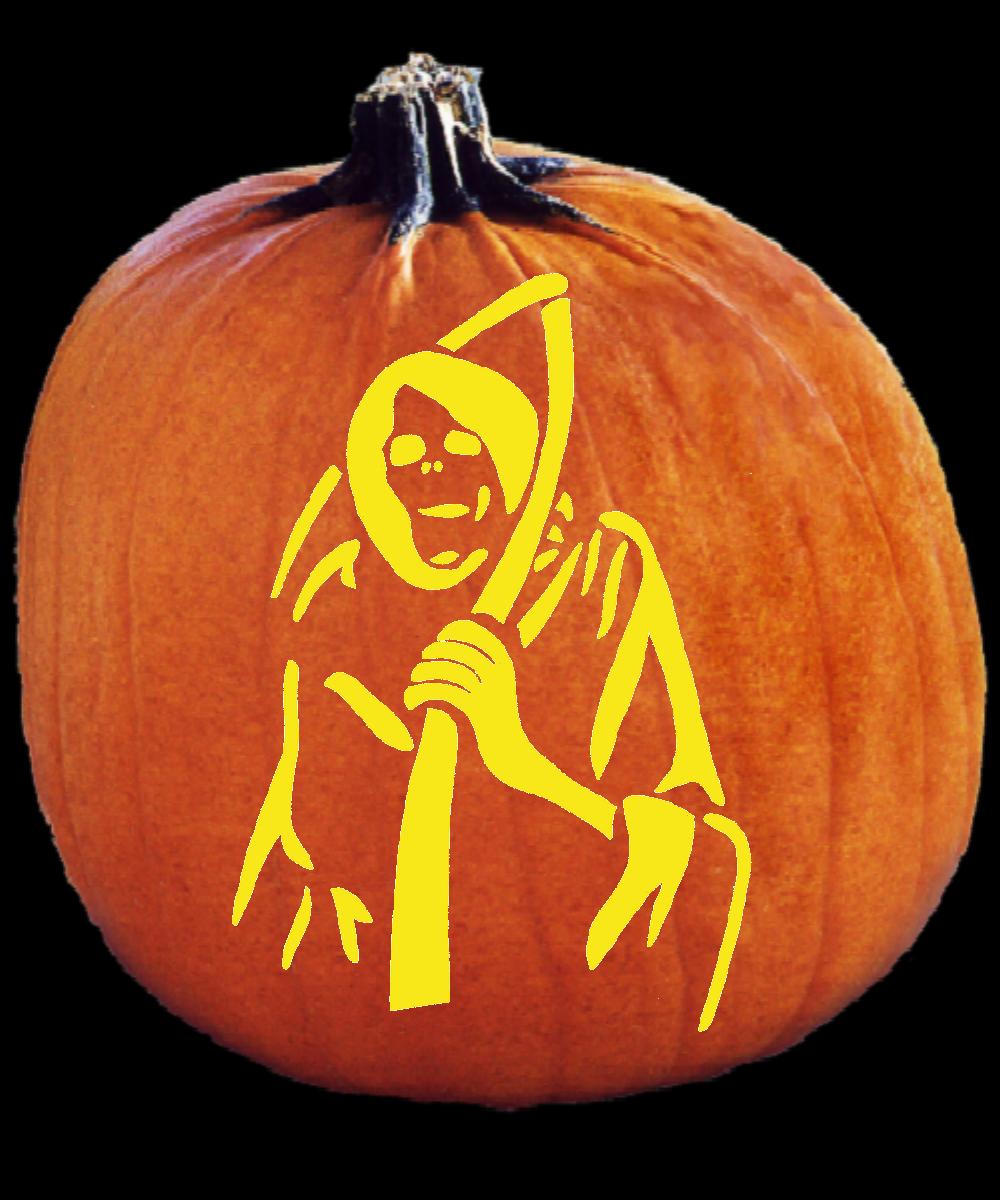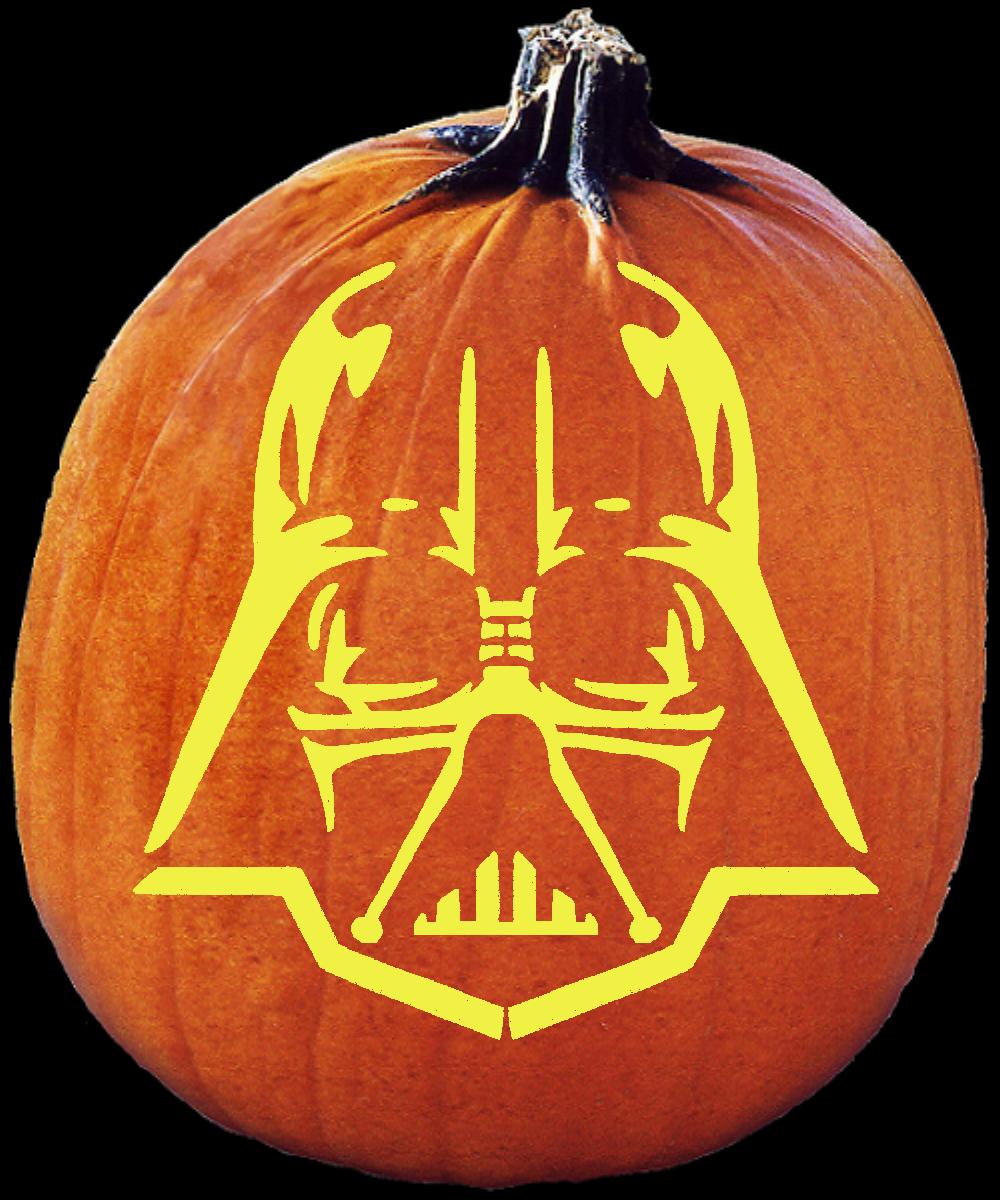Pumpkin Carving Patterns
Immigrants from Ireland and Scotland brought the tradition to North America. There, the pumpkin replaced the turnip as pumpkins were more readily available, bigger, and easier to carve.[1] The term jack-o'-lantern is in origin a term for an ignis fatuus or will-o'-the-wisp in English folklore, used especially in East Anglia, its earliest known use dating to the 1660s. The application of the term to carved pumpkins in American English is first attested in 1834,[8] and the carved pumpkin lantern association with Halloween is recorded in 1866.[9] In the United States, the carved pumpkin was first associated with the harvest season in general, long before it became an emblem of Halloween.[10] In 1900, an article on Thanksgiving entertaining recommended a lit jack-o'-lantern as part of the festivities.[10] The poet John Greenleaf Whittier, who was born in Massachusetts in 1807, wrote "The Pumpkin" (1850)












No comments:
Post a Comment